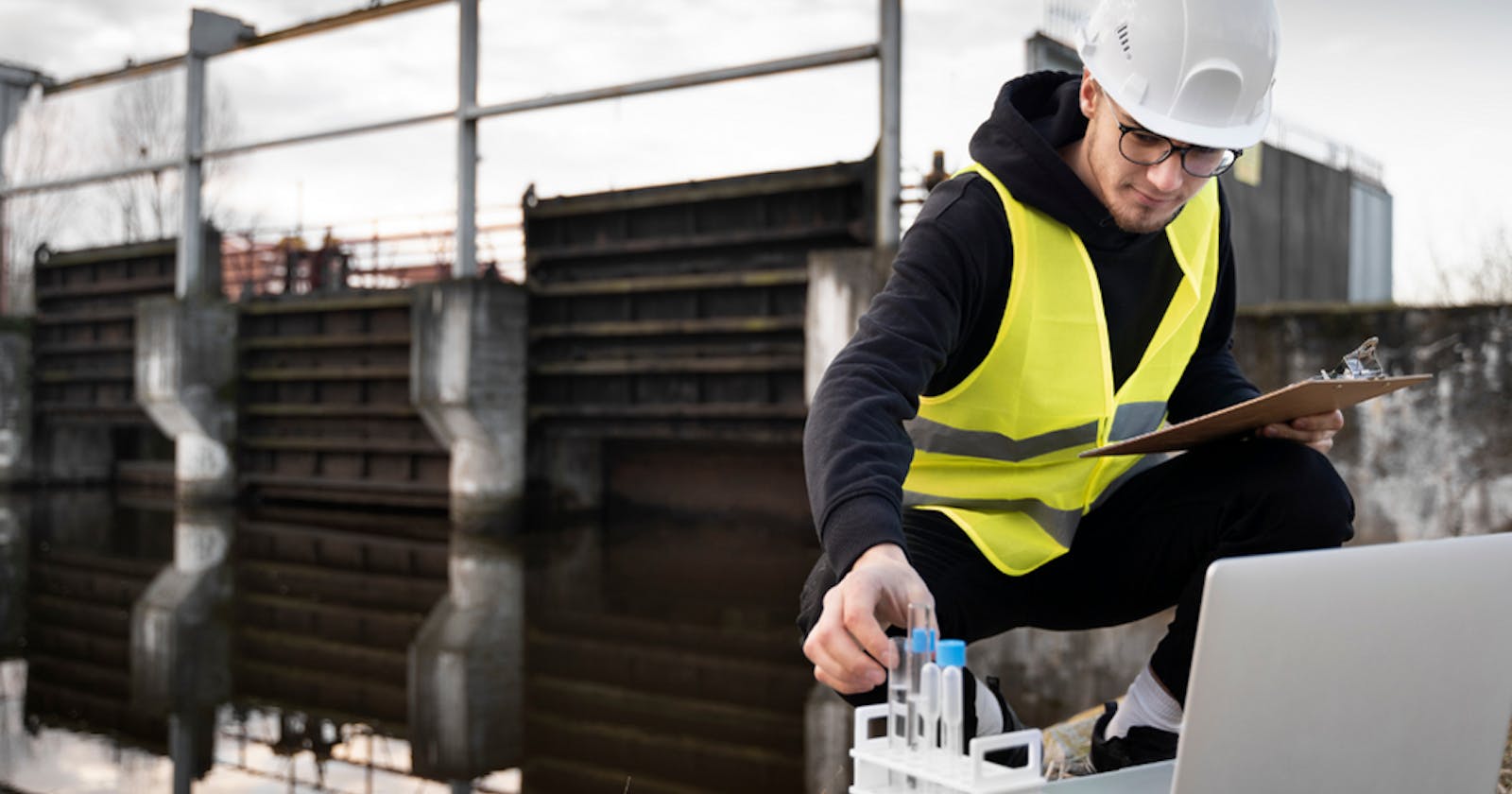The process of preventing, reducing, or fixing the risks of vulnerabilities in critical infrastructure assets is known as critical infrastructure protection or CIP.
Critical infrastructure is shielded by CIP from terrorist threats, natural disasters, and cyberattacks. Critical infrastructures like industrial control systems (ICS), operational technology (OT), and supervisory control and data acquisition (SCADA) networks are usually secured.
In the United States, the term ""continuous infrastructure protection"" (CIP) refers to the readiness and reaction for significant events involving a region's or the country's essential infrastructure. A nationwide program for ""Critical Infrastructure Protection"" was established by the May 1998 Presidential Directive PDD-63 of the United States.
Computers and networks that manage vital services including electricity production, telecommunication, financial services, and healthcare are considered critical infrastructure.
The global critical infrastructure protection market size was valued at USD 136.20 billion in 2021, and is projected to reach USD 186.92 billion by 2030, registering a CAGR of 3.58% from 2022 to 2030.
Access for sample report @ https://straitsresearch.com/report/critical-infrastructure-protection-market/request-sample
The key components of a Critical Infrastructure Protection (CIP) plan typically include:
A thorough risk analysis to find weaknesses and possible threats to vital infrastructure assets, systems, and networks is part of the risk analysis and management framework.
Positions and Accountabilities: The Department of Homeland Security (DHS), Federal SectorSpecific Agencies (SSAs), and other federal, state, municipal, tribal, and private sector partners should all have their roles and duties clearly defined.
Precautionary Steps: efforts to reduce the danger to vital infrastructure components, networks, and systems; these include strengthening infrastructure resilience, constructing hazard resistance, hardening buildings, putting cybersecurity measures in place, and holding drills and training sessions.
National Objectives and Priorities: To guarantee efficient use of funds and resources, national infrastructure preservation priorities, objectives, and regulations must be established. Sector-
Specific Plans (SSPs): Adapting the national strategy to each critical infrastructure sector's unique challenges and risk environment through sector-specific plans.
Information Sharing and Collaboration: To improve protection and response capacities, government agencies, partners in the private sector, and other stakeholders should be encouraged to share information and work together.
Emergency Response and Recovery: Creating strategies for prompt reaction, speedy recuperation, and reconstruction of vital functions following a catastrophe impacting vital infrastructure.
Continuous Improvement: To learn from, adjust to, and improve security and resilience measures, regular evaluation of progress, scheduled exercises, and real-world incidents is necessary.
Practices for implementing a Critical Infrastructure Protection (CIP) plan include:
Comprehensive Risk Analysis: To find weaknesses and possible threats to vital infrastructure assets, systems, and networks, do a thorough risk analysis.
Clearly defined roles and duties: Define the roles and duties of the several parties involved in the CIP, such as the government, partners in the corporate sector, and other pertinent organizations.
Precautionary Steps: Implement risk-reduction strategies via hardening buildings, creating resilience, adding hazard resistance, implementing cybersecurity measures, and holding training sessions and drills.
National Objectives and Priorities: To guarantee efficient use of funds and resources, set national priorities, objectives, and standards for infrastructure protection.
Information Sharing and Cooperation: To improve protection and response capacities, encourage information sharing and cooperation across government agencies, partners in the private sector, and other stakeholders.
Plans for Emergency reaction and Recovery: In the event that an incident affects key infrastructure, create detailed plans for prompt reaction, quick recovery, and restoring essential capabilities.
Continuous Improvement: Assess development on a regular basis, carry out drills, absorb lessons from actual events, and modify security protocols to increase robustness.
Rewards for Security Measures: Determine how to best offer rewards to private companies who proactively deploy more robust security measures in order to bolster overall defenses.
Review of Legal Barriers: After an attack on vital infrastructure or important assets, form a task force to examine any legal barriers to reconstruction and recovery.
Keyplayers of Critical Infrastructure Protection Market
3xLogic
Airbus
Axis Communications
BAE Systems
Cisco Systems, Inc.
General Dynamics
Hexagon AB
Honeywell International, Inc.
Huawei Technologies Co., Ltd
Johnson Control
Motorola Solutions
Northrop Grumman
Thales Group
Tyco International
Purchase the report @ https://straitsresearch.com/buy-now/critical-infrastructure-protection-market
Conclusion:
Protection of vital infrastructure from threats including cyberattacks, natural disasters, and terrorist acts is a critical function of critical infrastructure protection, or CIP. The United States has established initiatives such as the Critical Infrastructure Protection project to emphasize ongoing readiness and reaction to major catastrophes involving critical infrastructure. The need to safeguard essential services like energy, telecommunications, banking, and healthcare is driving a large expansion in the global market for critical infrastructure protection.
About Us:
StraitsResearch.com is a leading research and intelligence organization, specializing in research, analytics, and advisory services along with providing business insights & research reports.
Contact Us:
Email: sales@straitsresearch.com
Address: 825 3rd Avenue, New York, NY, USA, 10022
Tel: +44 203 695 0070, +1 646 905 0080
Website: https://straitsresearch.com
